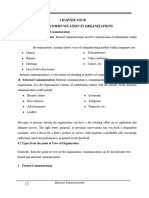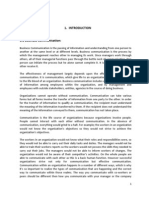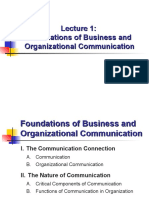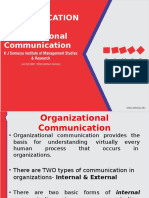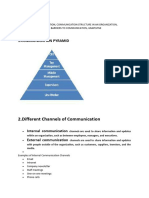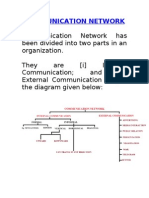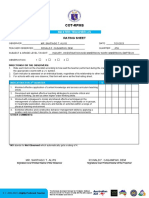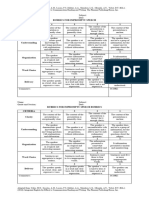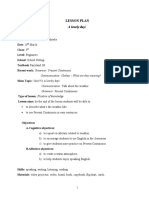0% found this document useful (0 votes)
40 views27 pagesChap 4
The document discusses different types of communication in organizations. It describes internal communication as communication within an organization between staff members and management, which is important for staff engagement, management, morale, and customer service. External communication refers to communication outside the organization with stakeholders, customers, and the public to build reputation. The document also distinguishes between formal communication through official channels and informal communication, as well as downward communication from management to staff and upward communication from staff to management with feedback and suggestions.
Uploaded by
newaybeyene5Copyright
© © All Rights Reserved
We take content rights seriously. If you suspect this is your content, claim it here.
Available Formats
Download as DOCX, PDF, TXT or read online on Scribd
0% found this document useful (0 votes)
40 views27 pagesChap 4
The document discusses different types of communication in organizations. It describes internal communication as communication within an organization between staff members and management, which is important for staff engagement, management, morale, and customer service. External communication refers to communication outside the organization with stakeholders, customers, and the public to build reputation. The document also distinguishes between formal communication through official channels and informal communication, as well as downward communication from management to staff and upward communication from staff to management with feedback and suggestions.
Uploaded by
newaybeyene5Copyright
© © All Rights Reserved
We take content rights seriously. If you suspect this is your content, claim it here.
Available Formats
Download as DOCX, PDF, TXT or read online on Scribd
/ 27





